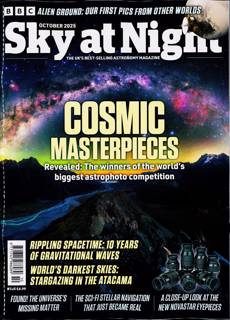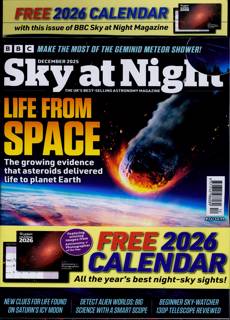Basket. 1.00

Pioneering Print Since 1898
Bbc Sky At Night Magazine
If you’re after the latest discoveries, all the news about astronomy or simply wish to be amazed by the fascinating feature articles examining the world above us, the Sky at Night is a highly recommended read. Written in a intelligent, scientific yet highly accessible manner, this magazine not only tells you what to look for in the sky, but also contains reviews of books, telescopes, cameras and all the other equipment needed for a successful sky gazing.
Buy a single copy of BBC SKY AT NIGHT or a subscription of your desired length, delivered worldwide. Current issues sent same day up to 3pm! All magazines sent by 1st Class Mail UK or 48 Hour tracked UK & by Airmail worldwide (bar UK over 750g which may go 2nd Class).
Patrick Moore taught the founder of Newsstand maths at school. Random.
What were the ancient Greeks and Romans thinking? Or, perhaps more likely, what were they drinking? No, I haven’t lost my mind entirely. I’m talking about the naming of constellations.
Go out there into the countryside, the next night you possibly can. Find a nice spot on the grass to lay out your blanket, don’t forget to wrap up warm and bring a thermos full of tea (or maybe coffee, you might need it). Oh, and bring a constellation guide book, one that shows you where to look to identify the various named constellations made by the stars, and try to figure out exactly what it is they were getting at with the names. Ursa Major and Ursa minor? No, they do not look like either a big or little bear in the slightest, they simply resemble a random group of stars. The crab, or the cancer constellation – again, how many amphorae of wine had been downed before the genius who came up with name looked up and though ‘those stars, you know what they look like? They look like a crab. I love you man.’?
The only one I have the slightest time for is Orion, the hunter, and even that’s a bit of a stretch. I suppose, however, that the names are at least a lot more interesting than star 8371-b2 or some other such alpha-numerical nonsense. NB
You may also like ...
- Copyright © 2026 Newsstand
- Terms & Conditions
- Privacy Policy
















